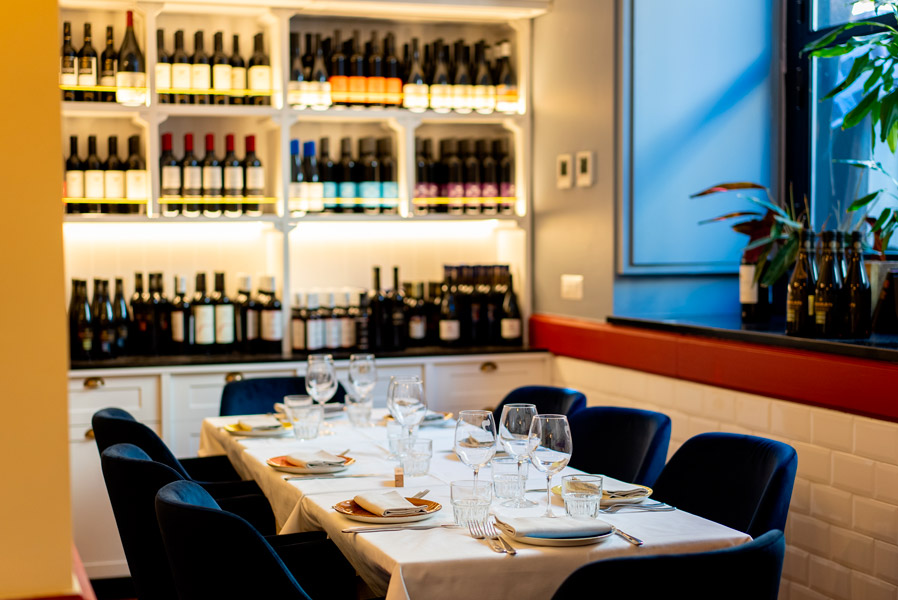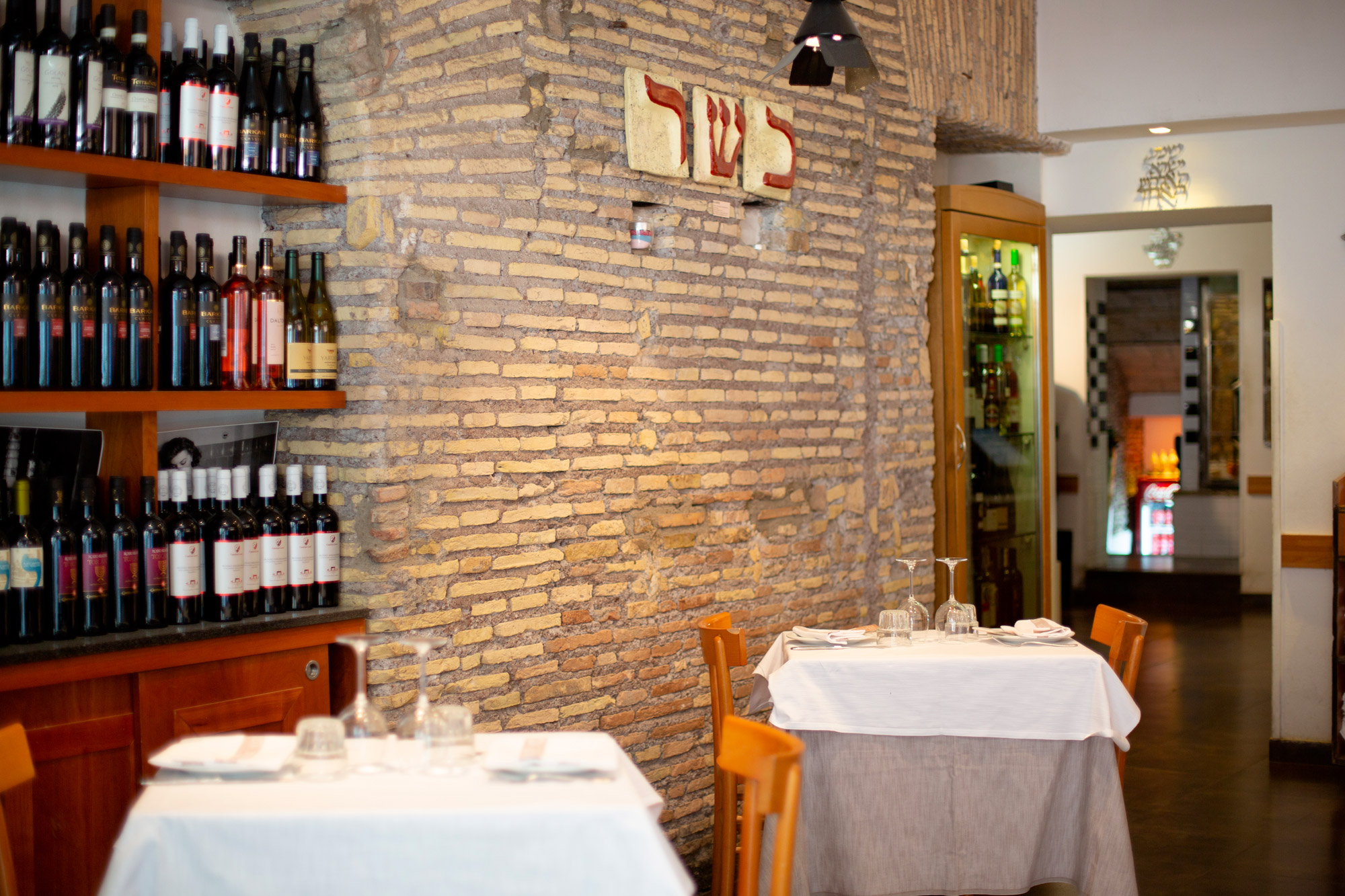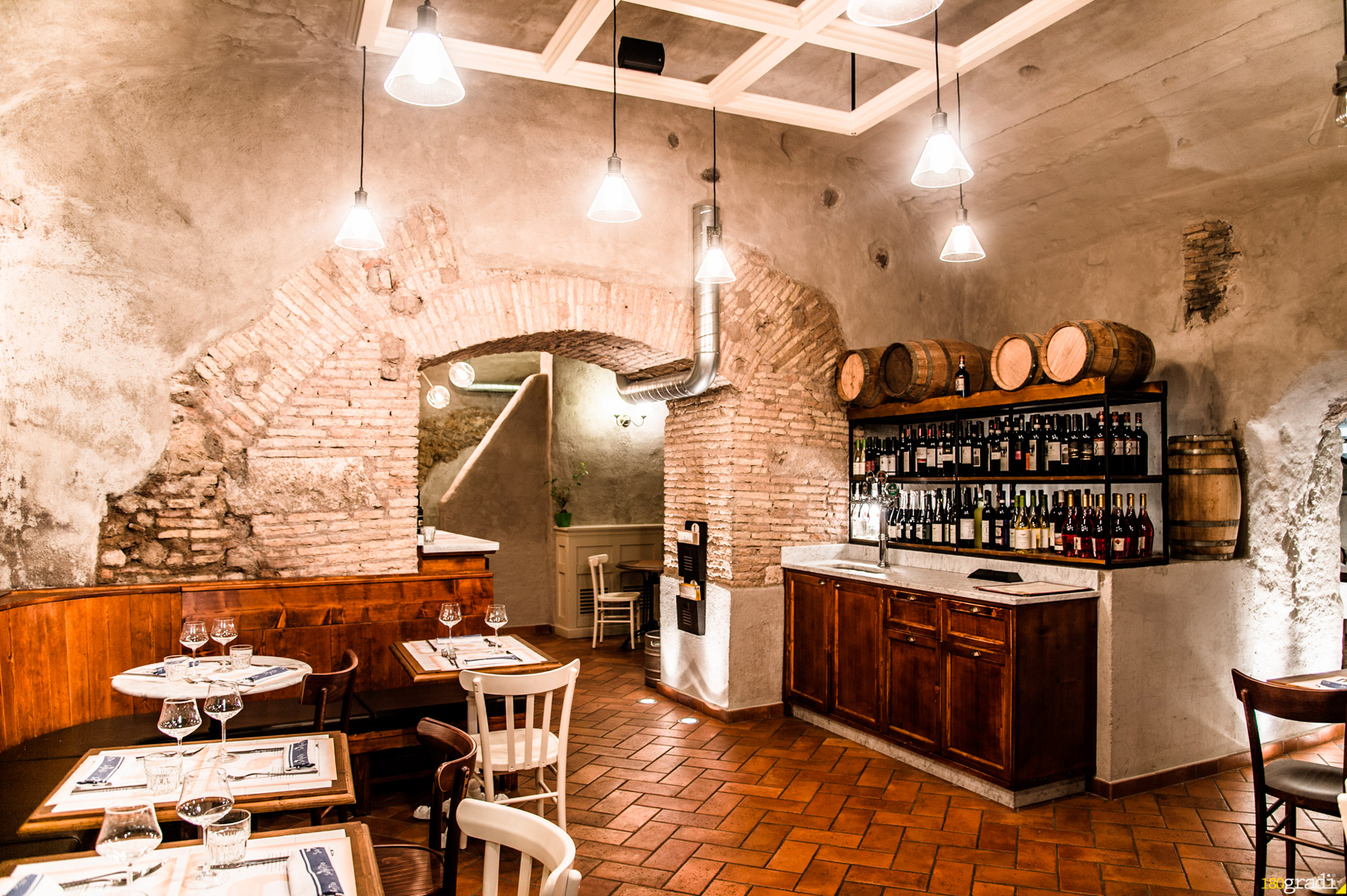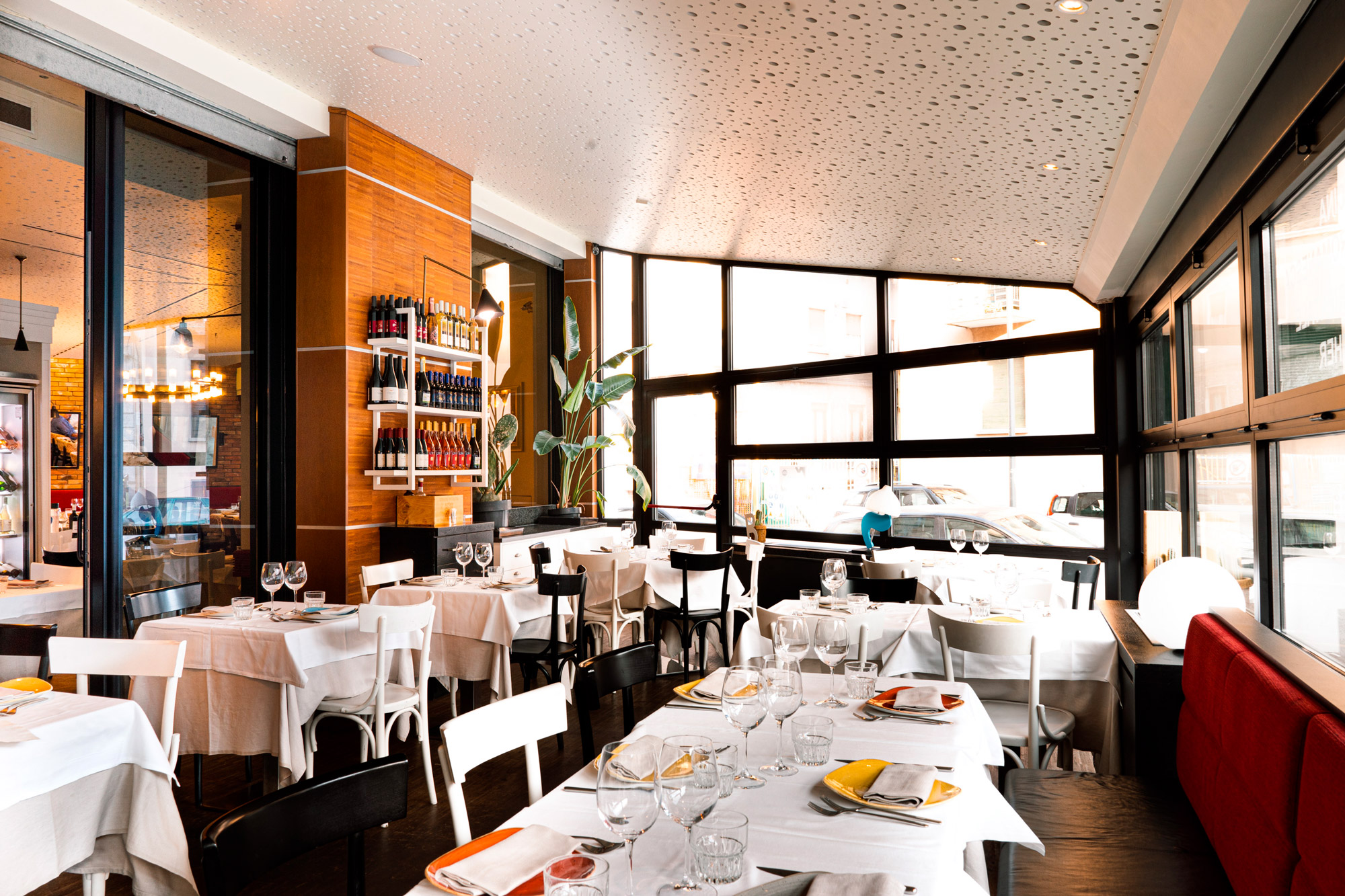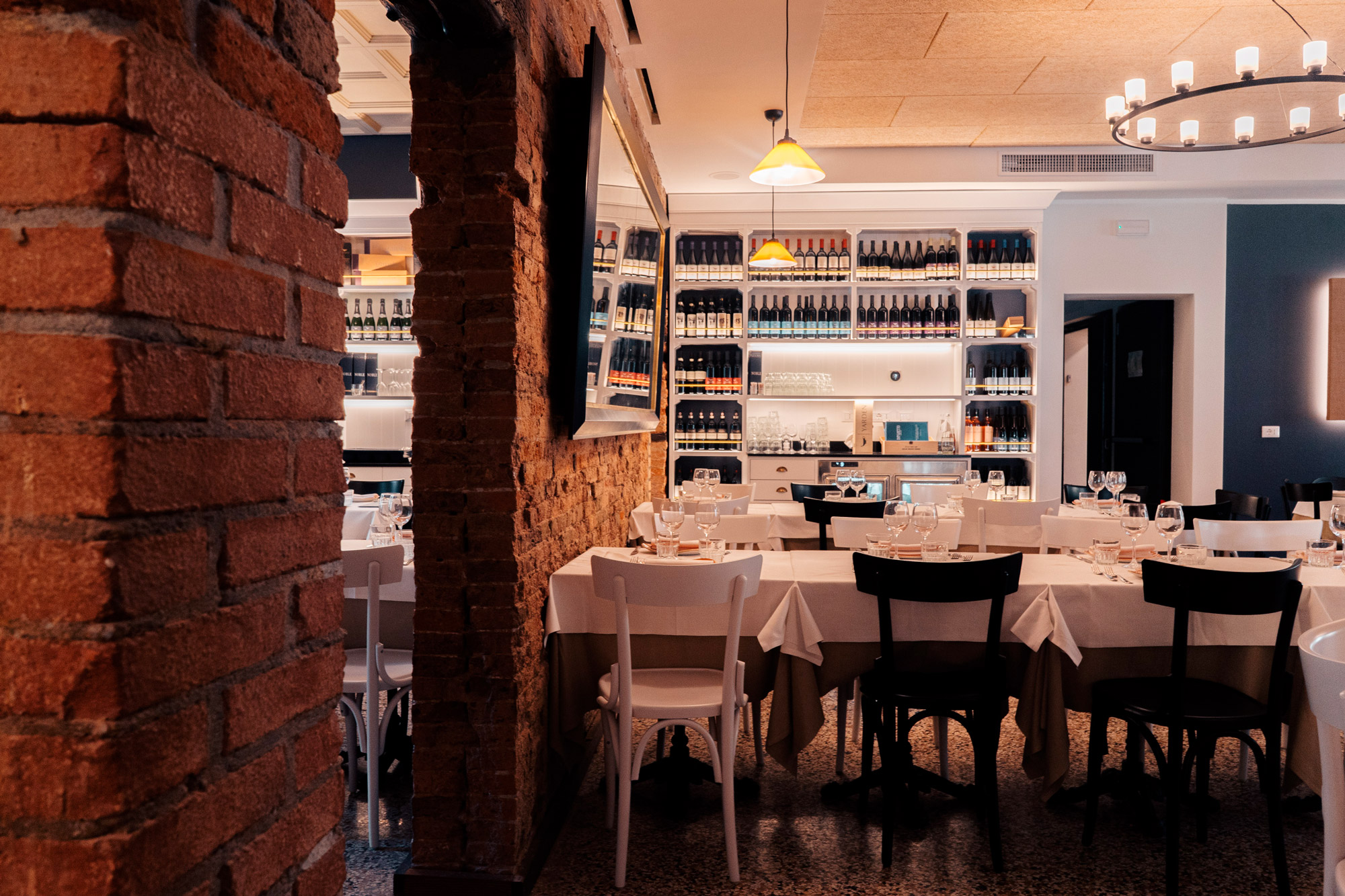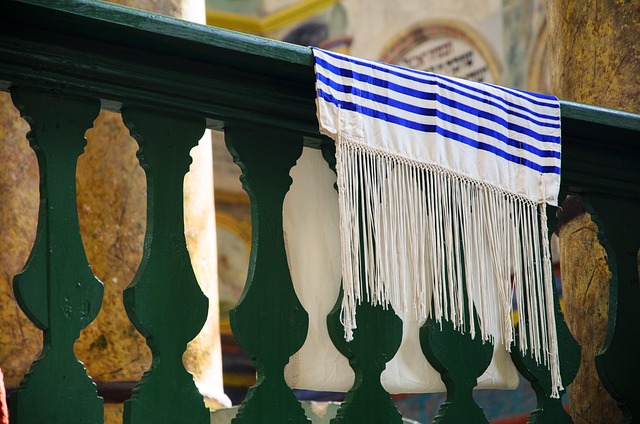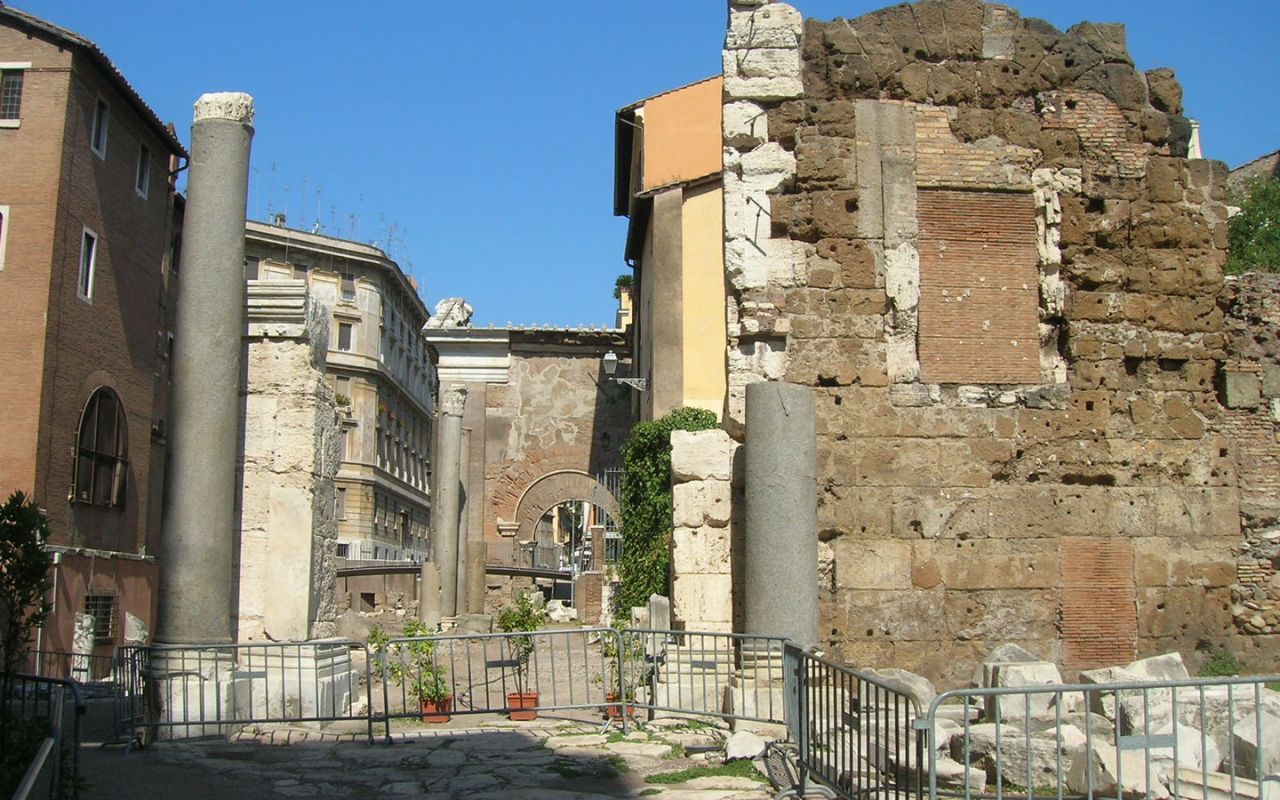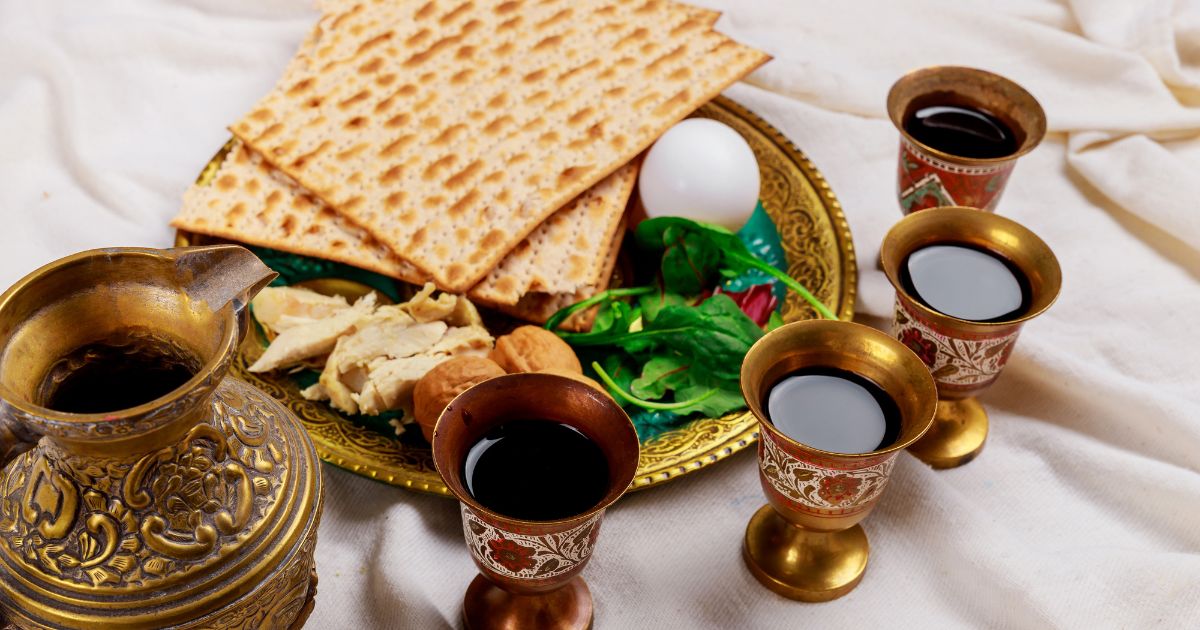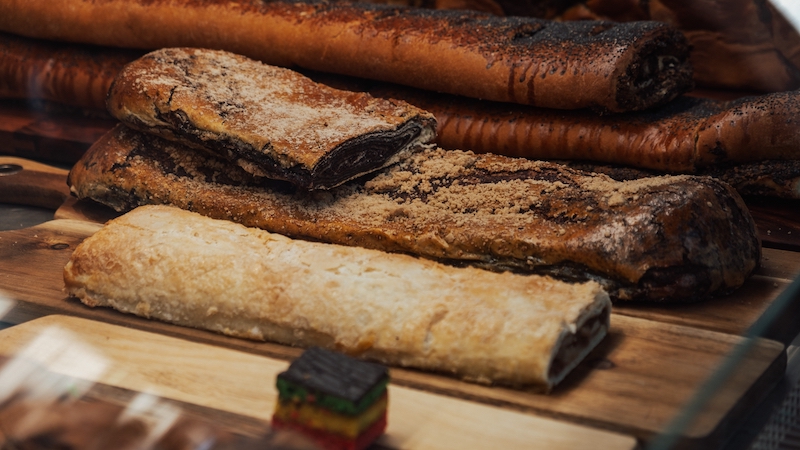Rome is a city where religions have met for centuries, and at the heart of this spiritual dialogue lies the Jewish community—one of the oldest in the world. Among its many expressions, the Chabad Lubavitch movement stands out as one of the most vibrant, welcoming, and recognizable forms of contemporary Judaism. Present in over a hundred countries, Chabad combines spirituality, hospitality, and social engagement, serving as a point of reference for Jews who live in or travel to the Eternal City.
In this article, we’ll explore what “Chabad” means, who the Lubavitch Jews are, and how their story unfolds—before arriving in Rome to understand how this community keeps Jewish tradition alive, even through kosher food culture, which finds its finest expression in the Jewish Ghetto of Rome.
What Does “Chabad” Mean
The term Chabad is an acronym derived from three Hebrew words: Chochmah (wisdom), Binah (understanding), and Daat (knowledge). These three concepts represent the intellectual faculties through which human beings can comprehend divine greatness and translate it into concrete action.
Chabad is therefore not only a religious movement but also a philosophy—a worldview that places the intellect at the center as a means of drawing closer to God. According to this doctrine, the heart of Judaism lies not merely in faith but in conscious understanding of what one believes.
The movement originated in the 18th century thanks to Rabbi Schneur Zalman of Liadi, in what is now Belarus. From there, it spread worldwide, giving rise to a network of communities, study centers, and welcoming spaces known as Bet Chabad—literally, “Chabad House.”
Meaning of Bet Chabad
A Bet Chabad is much more than a synagogue. It is a community center open to everyone—a place where one can pray, study, meet people, share a meal, and find spiritual support.
Each Bet Chabad is directed by a Shaliach (emissary of the Rebbe), a rabbi sent to spread the knowledge and practice of Judaism. The goal is not only to preserve tradition but also to build bridges between those who are deeply observant and those who may have drifted away from religious life, offering a warm and familiar point of reference.
These centers exist all over the world—from New York to Paris, Jerusalem to Sydney, and of course Rome, where the Bet Chabad serves as a meeting place for residents, students, and Jewish travelers exploring the city.
Who Are the Lubavitch Jews
The Lubavitch Jews belong to the Hasidic movement founded by Schneur Zalman of Liadi in the small town of Lubavitch, Russia, from which the group takes its name. It is one of the most dynamic and well-known branches of Orthodox Judaism.
The term Lubavitch represents not only a geographic origin but also a way of living one’s faith. Lubavitch Jews believe that every person—regardless of their level of observance or knowledge—possesses unique value and spiritual potential.
Their mission is to bring light into the world, spreading awareness of God through teaching, prayer, and good deeds (mitzvot). They are known for their positive approach and their ability to combine deep devotion with genuine openness toward anyone seeking to connect with Jewish tradition.
Who Are the Hasidic Jews
The Hasidic Jews, of whom the Lubavitch are one of the main branches, emerged in Eastern Europe during the 18th century as a movement of spiritual renewal. At a time marked by strict religious formality and social hardship, Hasidism brought joy, prayer, and a personal relationship with God back to the center of Jewish life.
The word chassid derives from chesed, meaning “kindness” or “piety.” Hasidic Jews believe that holiness can be found in every moment of daily life—in work, relationships, food, music, and dance. Everything can become a channel through which one connects to the divine.
A central figure of the movement is the Rebbe, not only a religious leader but also a spiritual guide and teacher. For the Lubavitch, the most beloved and influential Rebbe was Menachem Mendel Schneerson, the seventh Rebbe of Chabad, who lived in New York during the 20th century. Under his leadership, the movement became a global network of synagogues, schools, and centers for spiritual and social assistance, with a strong presence in Europe and Italy.
Chabad Lubavitch in Rome
The Chabad Lubavitch in Rome is a vibrant and welcoming reality, deeply rooted in the historical fabric of the city and within one of the oldest Jewish communities of the Diaspora.
Founded to serve both the local community and the many Jewish tourists visiting Rome, the city’s Chabad headquarters is located in the Jewish Ghetto of Rome—a landmark for those who wish to pray, study, or simply find a home away from home.
The Chabad center is situated in one of the most frequented areas by Jewish visitors to the Capital and offers a wide range of services:
- celebration of major Jewish holidays,
- Torah classes and courses on Judaism,
- hospitality for students and families,
- religious services such as Shabbat preparation and holiday observance,
- assistance for travelers seeking kosher meals or places of worship.
The community stands out for its openness and its ability to welcome anyone—Jewish or not—who wishes to learn more about Jewish culture. During Jewish holidays such as Passover, Rosh Hashanah, or Hanukkah, the celebrations organized by Chabad Lubavitch in Rome attract people from all over the world, creating moments of true togetherness.
In the heart of Rome, Chabad’s presence is a symbol of continuity: in a city where Jewish history dates back more than two millennia, this movement bridges ancient roots and modern life.
Chabad Lubavitch and the Kosher Diet
One of the essential aspects of Jewish life promoted by the Chabad movement is the kosher diet—a set of dietary laws derived directly from the Torah.
Eating kosher is not just a matter of health or tradition; it is a spiritual act. Every food must be prepared and consumed in a way that honors purity and the sanctity of life. The main rules include:
- exclusion of animals that do not both chew the cud and have cloven hooves,
- strict separation between meat and dairy,
- the use of distinct utensils and kitchens for different foods,
- supervision and blessing of all products by rabbinical authorities.
Where to Taste Authentic Jewish-Roman Cuisine
Within the Chabad philosophy, following kosher rules represents a daily connection to spirituality, a way to remember divine presence even in simple acts such as eating.
In Rome, this tradition is alive in the Jewish Ghetto, one of the city’s most fascinating districts, where Jewish culture has thrived for over 500 years. Here, visitors can breathe history and discover unique dishes that blend Jewish and Roman traditions.
If you want to experience authentic Jewish culture through its flavors, there’s one place you shouldn’t miss in the heart of the Ghetto: Ba’ Ghetto.
The restaurant’s philosophy perfectly reflects that of Chabad Lubavitch—keeping memory alive, welcoming guests warmly, and turning every encounter into a moment of shared humanity.
Book a table at Ba’ Ghetto and discover the authentic taste of Jewish-Roman cuisine in the heart of Rome’s Ghetto—where faith, culture, and tradition have coexisted in perfect harmony for centuries.




